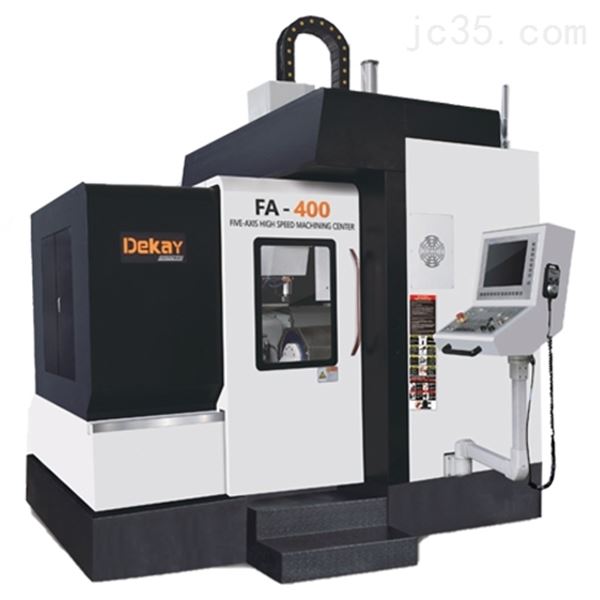Unleashing the Full Potential of Five-Axis High-Speed Machining: Mastery Beyond the Machine
In the competitive landscape of precision manufacturing, five-axis high-speed machining centers stand as engineering marvels, blending unprecedented flexibility with blistering efficiency. These advanced systems empower manufacturers to produce complex aerospace components, medical implants, and automotive dies with micron-level accuracy. Yet, possessing this cutting-edge hardware alone isn’t enough. To truly harness its capabilities, engineers must deploy sophisticated programming strategies, precision process optimization, and real-time quality control—transforming theoretical potential into tangible productivity.
1. Revolutionizing Tool Paths: Beyond Basic G-Code
Effective programming is the backbone of maximizing five-axis efficiency. Unlike conventional three-axis approaches, the dynamic movement capabilities demand intelligent path planning.
- Spiral Infeed vs. Linear Plunging: Linear tool engagement creates abrupt force spikes, accelerating wear. Spiral infeed strategies distribute pressure evenly, reducing tool stress by up to 40% and extending lifespan. For turbine blade roots, this means consistent finish quality over thousands of cycles.
- Five-Axis Linking for Optimal Tool Orientation: Intelligent use of simultaneous axis control allows dynamic tool-angle adjustments during cuts. By tilting the tool away from collisions or maintaining perpendicularity to contoured surfaces, programmers avoid gouges while enabling deeper, uninterrupted passes in模具 (mold) cavities.
- Arcuate Transitions for Surface Integrity: Replacing sharp right-angle turns with radiused tool paths eliminates vibration-induced "chatter." Aerospace manufacturers leverage this for near-mirror finishes on airfoils without time-consuming polishing.
Macro-Programs & Mathematical Agility: For families of complex parts (e.g., orthopedic knee implants), parametric programming slashes coding time. Define variables for critical dimensions—curve radii or pocket depths—and generate adaptable NC code instantly. Post-processor customization is critical: Tailoring output to machine-specific kinematics prevents execution errors on Heidenhain vs. Siemens controllers.
Precision toolpath optimization minimizes tool deflection during intricate contouring.
2. Strategic Process Optimization: From Tooling to Workflow
Process design defines profitability. Every second saved in cycle time or tool change directly impacts the bottom line.
Tooling Intelligence:
- Geometry & Coatings: For titanium alloys, variable helix end mills with AlTiN coatings combat heat buildup. In graphite electrodes, diamond-coated tools prevent abrasive wear. High-speed steel is obsolete—ceramic or CBN inserts dominate hardened steel machining at 1,000+ m/min surface speeds.
- Multi-Process Compositing: Combine roughing, semi-finishing, and finishing in one setup using adaptive toolpaths. One automotive manufacturer reduced brake caliper production time by 65% by merging operations, eliminating 3+ re-clamping cycles.
Process Sequencing & Fixturing:
- Datum-Centric Workflow: Always machine precision datums (mounting surfaces/holes) first. This anchors all subsequent operations for cumulative error control.
- Accessibility-Driven Routing: A jet engine nozzle guide vane requires uninterrupted access to twisted channels. Simulation software anticipates collisions before metal is cut, enabling "right-first-time" machining.
- Incremental Complexity Progression: Start with simple planar surfaces or bores before tackling freeform geometries. This stabilizes the workpiece before high-load operations.
Cutting Parameters: Data-Driven Calibration:
- Use ML-enabled software to analyze spindle load harmonics. This identifies chip-thinning opportunities, allowing 15% higher feed rates without sacrificing finish quality.
3. Closing the Loop: Real-Time Quality & Thermal Mastery
Precision isn’t an outcome—it’s a continuously monitored process.
In-Process Metrology:
- Embedded probes measure features mid-process (e.g., turbine blade throat dimensions). If deviations exceed ±5µm, tool offsets auto-adjust before the next pass. Cloud-connected analytics correlate vibration data with tool wear, scheduling changes proactively.
Anti-Collision Systems:
- Rather than simple tool-length checking, modern systems employ volumetric guardians. Point clouds of fixtures and part geometries create virtual "no-fly zones" that halt motion before titanium workpieces are scraped.
Thermo-Mechanical Stability:
- Cryogenic Cooling: Liquid nitrogen (LN2) replaces traditional coolant in aerospace alloys, suppressing heat-induced expansion at its source. Resulting part distortion drops below 8µm/meter.
- Through-Tool Coolant Delivery: Precisely targeting heat zones extends tool life by up to 400% over flood cooling in deep-cavity machining.
Conclusion: The five-axis high-speed machining center is more than equipment—it’s a canvas for manufacturing innovation. By converging physics-optimized programming, strategic process orchestration, and closed-loop quality assurance, engineers unlock transformative gains: 50% shorter cycle times, surface finishes below Ra 0.2µm, and tooling costs slashed by double digits. As aerospace tolerances tighten to microns and medical implants demand flawless biocurves, mastering this triad transcends competitive advantage—it redefines possibility.

















